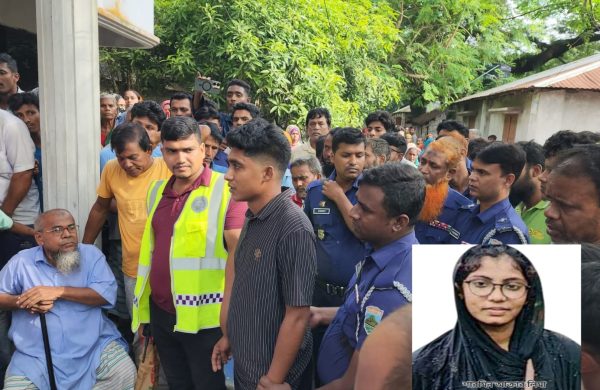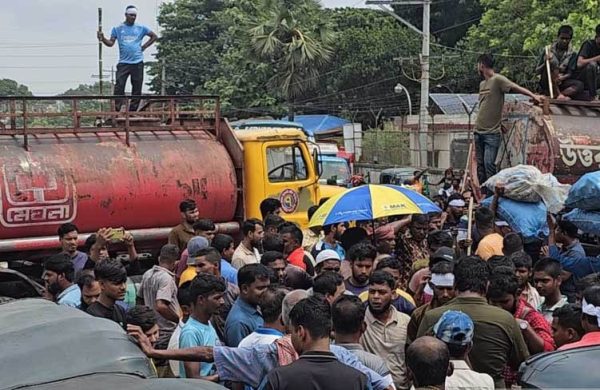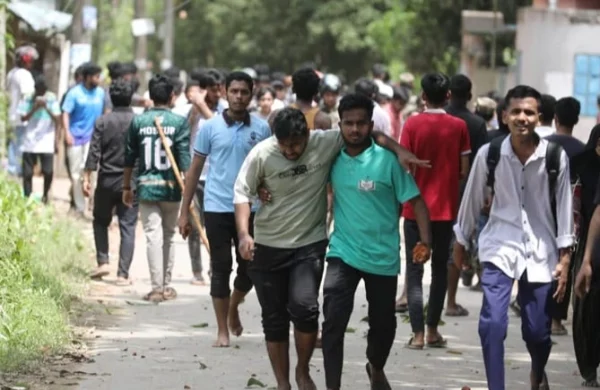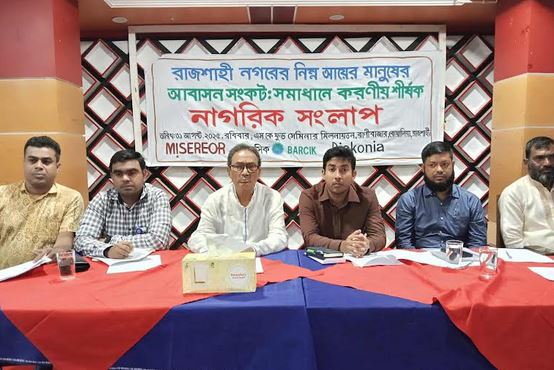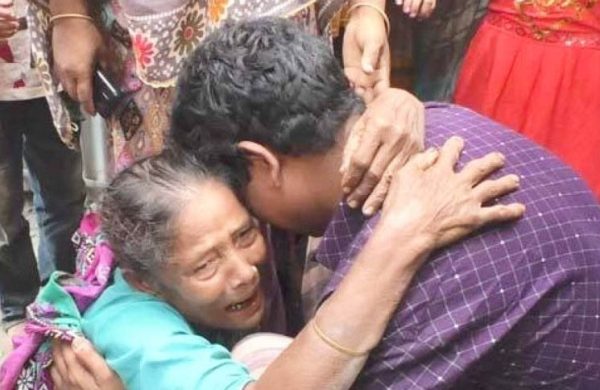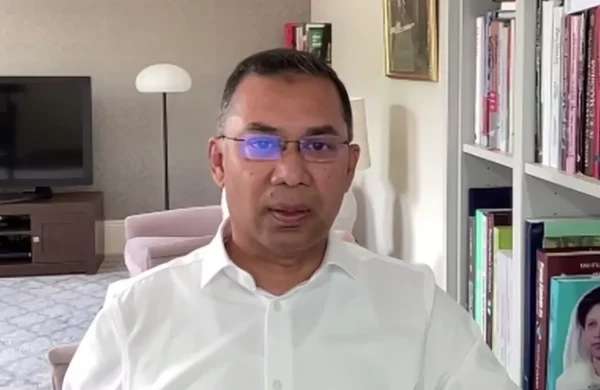Kurigram’s forgotten jewel: Naodanga Zamindar Palace in ruins
- Update Time : Saturday, August 30, 2025
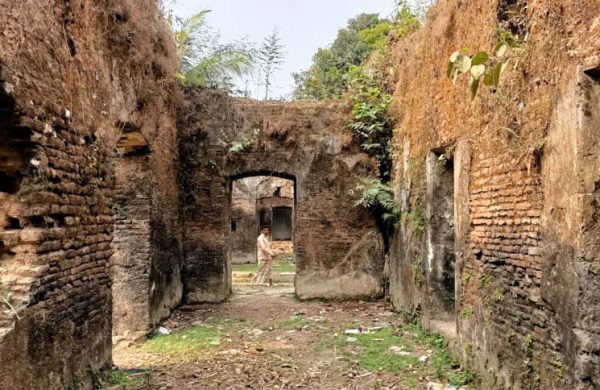
Kurigram Correspondent:
On the northern border with India, in Kurigram’s Phulbari upazila, stands the decaying Naodanga Zamindar Palace, once a hub of aristocratic power and cultural celebration, now abandoned to neglect and ruin.
Built by Zamindar Bahadur Sri Promadaranjan Bakshi, the palace was the nerve centre of Naodanga Pargana, covering several adjoining areas.
Bakshi was known for philanthropy and support for education. He was also a patron of the arts. He entrusted the estate to his middle son, Bishweshwar Prasad Bakshi, who later migrated with the family to Cooch Behar in India.
The 200-year-old palace is now under the custody of the district administration.
At its height, the palace boasted a bathing area, prayer chambers, guest quarters, and detention cells. Today, only traces of that splendour survive. A nearly 100-foot-high arched gateway still rises as a reminder of its lost glory.
Three temples — dedicated to Shiva, Vishnu, and Durga — stand beside the ruins. Locals have helped keep them alive, with partial repairs to the Shiva temple and annual pujas continuing at the Durga temple.
The estate’s cultural crown jewel was the Dol Utsab, a festival of colours on Dol Purnima initiated by Bishweshwar Prasad Bakshi. At its peak, it drew visitors from Rangpur, Lalmonirhat, Nilphamari, and even across the border in Cooch Behar.
“Naodanga’s Dol Utsab was the biggest cultural event in the region,” recalled local journalist Anil Chandra Roy. “It was a carnival of colour, music, and devotion. Now it is symbolic at best.” The field that once hosted the fair is now crowded with over 50 makeshift shops, a shadow of its past grandeur.
Time and neglect have left the palace crumbling. Built using lime, brick, and mortar, much of its structure has collapsed. A two-storey building on the western end is gone, while roofs and beams have caved in elsewhere. Vandals have stripped away bricks and wood, and thick vegetation has swallowed the estate.
Shailan Chandra Barman and Bijoy Chandra Roy, grandsons of the estate’s former manager, still hold oral histories of the zamindars. “We grew up hearing stories of their generosity and discipline,” Bijoy said. “It hurts to see the palace die like this.”
Locals said despite its historical significance, no official steps have been taken to protect the site. Repeated appeals to the Department of Archaeology have gone unanswered.
“If preserved, this palace could be a major heritage tourism site,” said Hrishikesh Roy, a teacher at Naodanga School and College. “It would give our youth a sense of history.”
Visitor Meher Jamal from Rangpur added, “We travel to Mahasthangarh and Puthia for heritage. Naodanga is equally rich in story. If it vanishes, we lose memory itself.”
Since the abolition of the zamindari system, influential locals have grabbed parts of the estate, further hastening its decline, he said.
Contacted, Kurigram Deputy Commissioner Nusrat Sulatan said, “A letter has been sent to the Department of Archaeology seeking preservation of the zamindar palace.”


